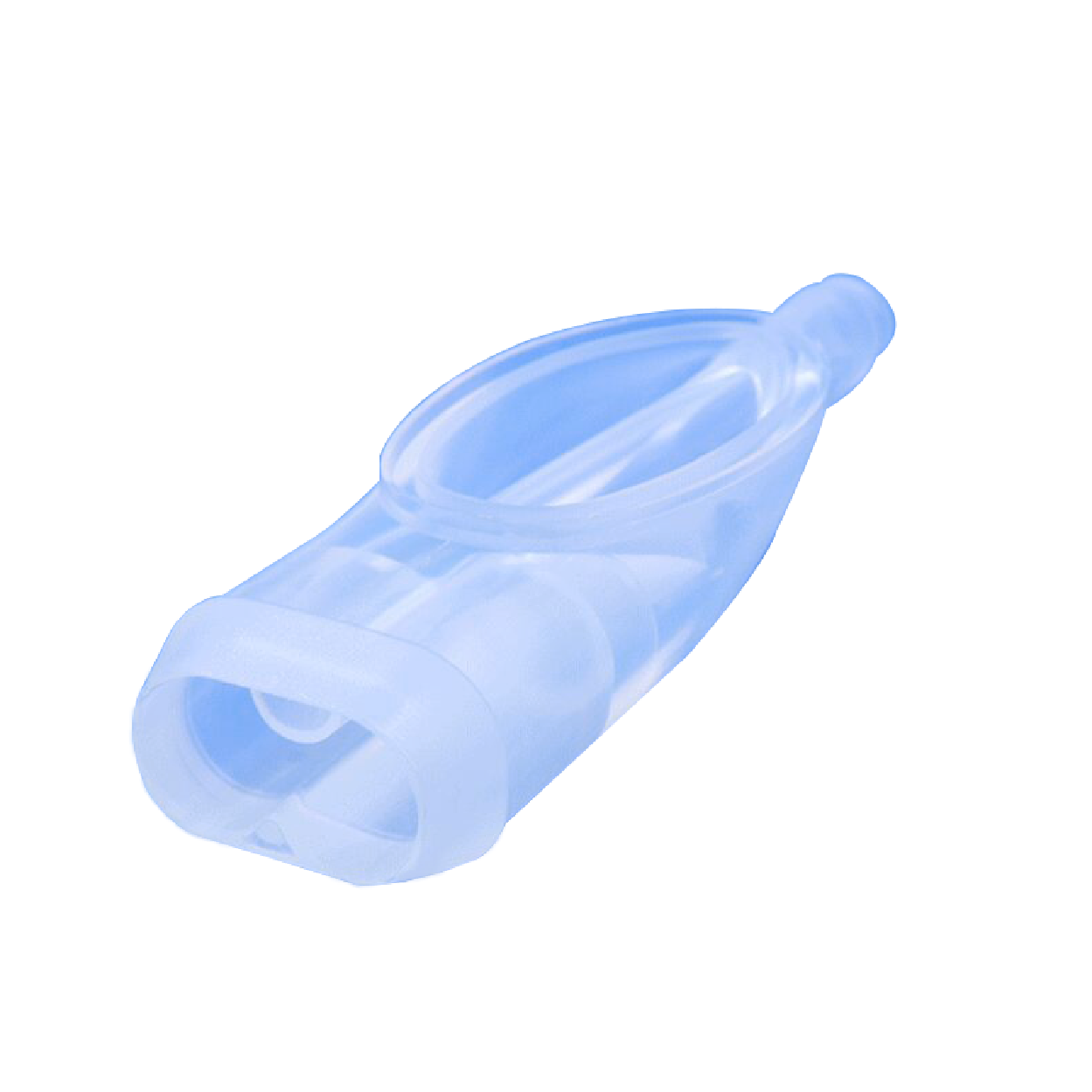Liquid Silicone Rubber (LSR) is a silicone material that appears as a liquid before curing and then transforms into an elastic solid after curing. The hardness of a liquid silicone rubber is usually measured in Shore A. This indicator is essential to understanding the physical properties of the material and determining the applications for which it is suitable.
Hardness Classification
Liquid silicone gels are available in a wide range of hardnesses, from very soft to very hard. The following is a categorization of the hardness of liquid silicone and its corresponding Shore hardness value:
- very soft silicone (0 – 10 Shore A): this type of silicone has very high elongation and low tensile strength, and is ideal for applications requiring softness and flexibility, such as children’s toys, simulation models, etc.
- Soft silicone (10 – 30 Shore A): moderate to soft hardness, suitable for applications requiring a certain degree of softness and elasticity, such as food molds, chocolate molds, plaster molds and so on.
- medium hard silicone (30 – 50 Shore A): moderate hardness, good elasticity and compression, suitable for automotive seals, non-slip mats, molds, etc..
- hard silicone (50 – 70 Shore A): high hardness, suitable for applications requiring high abrasion resistance and high temperature resistance, such as seals, joints, wear parts, etc..
- Hard silicone (70 – 80 Shore A): very hard, with excellent abrasion resistance and high temperature resistance, suitable for industrial applications in special environment
Application Areas
The hardness of liquid silicone directly affects its suitability for different applications. Below are some typical applications of liquid silicone based on different hardness classifications:
- Low hardness silicone (0 – 30Shore A):
– Baby products: e.g. pacifiers, bottles, etc., which need to be soft and comfortable.
– Medical products: such as medical tubing, instrument handles, etc., requiring biocompatibility and softness.
– Food molds: e.g. chocolate molds, candy molds, etc., need to be easy to release without damaging the shape of the product.
- Medium hard silicone (30 – 50 Shore A):
– Automotive: e.g. sealing strips, shock absorbing pads, etc., need good elasticity and durability.
– Electronic products: e.g. keypads, seals, etc., requiring good tactility and abrasion resistance.
- High hardness silicone (50 – 80 Shore A):
– Industrial manufacturing: such as molds, seals, etc., requiring high abrasion resistance and high temperature resistance.
– Mechanical parts: such as bearings, gears, etc., requiring high strength and durability.
When selecting liquid silicone, the appropriate hardness should be determined based on the specific application needs and performance requirements of the product. Hardness not only affects the physical properties of silicone, such as elongation, tensile strength, tear resistance, etc., but also determines its suitability and performance in specific applications. Therefore, understanding the hardness classification of liquid silicone and its applications is crucial to selecting the right silicone material.









